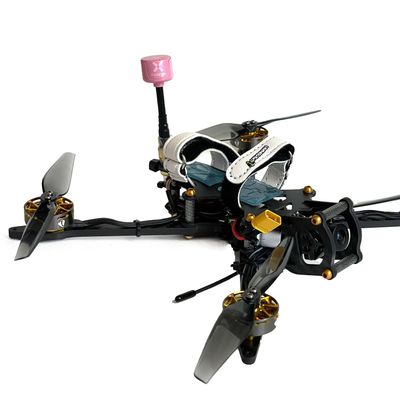
I recently delved into the practical side of GraphQL by implementing a server using Go. This choice was driven by my recent exploration of the language, and it also serves to demonstrate that GraphQL isn't confined to JavaScript. The coding style for GraphQL libraries is quite consistent across different languages, making it accessible for developers familiar with other languages.
In this post, I walked through the process of setting up a GraphQL server. I started by defining the necessary types and schema, which included user, account, and address types. Each type is composed of basic data types like strings, integers, and floats. The query schema was then defined, including resolvers that handle the actual data fetching and processing. This setup ensures that the server can respond to GraphQL queries effectively, providing a robust and self-documenting API.
Read Article...







